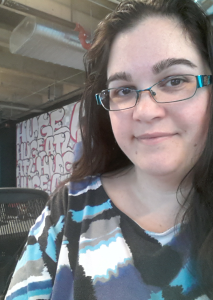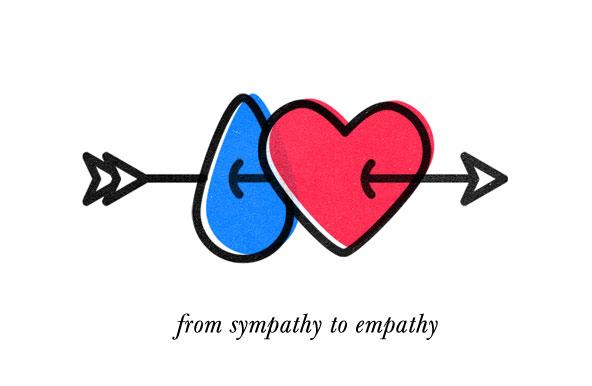Tags
I recently discovered a delightful niche celebration called Fat Bear Week. More than a million people voted for the final contest this year to crown winner Queen Grazer. Leading up to the final vote, many members of the community campaign for their favorite contenders, highlighting their different strengths and achievements. As a newcomer, I appreciate their posts with various kinds of analysis about the bears’ risks and coping strategies as they all try to solve the same problem: readiness for the months ahead.
To begin, park rangers highlight bears for the Fat Bear Week bracket. Some of this has to do with which bears are engaging in the parts of the park that are monitored; after all, this is a participation sport for all the fans. While some fans are engaged months ahead of time, others come to the party at the end for the last week of the season. I’m sure you’ve seen a variety of risk profiles for your applications and your contributors. I like to think of a particular company’s suite of applications as balancing resources with the needs of the whole portfolio as we iterate toward improvement.
We can take lessons from these natural preparations:
- Learn from Failure
- Prepare for the Unexpected
- Prioritize Health
“You take care of what you love, and when you observe it enough you fall in love… the more you connect.” – Charlie Annenberg, Explore.org re: bearcams
Learn from Failure
Year over year, having data to go on helps us to see our continuous improvement, just as it helps long-term bear watchers to see the ongoing story of bears as they survive and thrive. Not all bears survive or thrive, and an analysis of this season’s bear tragedies and conflicts is inherent to studying the brown bears of Katmai National Park and Preserve. Human behaviors like feeding the bears or driving in bear territory can lead to failures for the bears as well as heartache for the people in the park and bearcam watchers. Conflicts among bears are a part of nature and knowing about those aspects of bear life helps people to appreciate the survivors. (Yes, we know bears gonna bear, but it’s still a lot to bear when you see it live.) Despite loss, the community celebrates the successes those bears had and their legacy for the Katmai bears who continue, with a new generation of bears taking over at Brooks Falls this year.
During this emotional outpouring, my first visit to this world of bearcam devotees included hearing some community members wish to preserve the experience of knowing bears for years versus attracting new fans who don’t have that context. Long-term viewers felt that newer viewers didn’t appreciate the history behind the losses so that they might seem trivial. I believe both long-term experience within the context and fresh perspective can bring value to our conversations about what we’re focused on, whether that’s software systems or bears. Hearing what has worked in the past gives me options about how to judge the present situation that intermix with my new ideas as an outsider. I see many of my skills from earlier roles as portable to reliability engineering, and that overlap points me to the alignment of our preparations with the overall goals of teams and the organization. Experts are invaluable in these conversations.
Prepare for the Unexpected
In their chats, interpretive rangers or ranger naturalists “interpret natural and cultural history to help people understand and appreciate the significance of national parks…. with education and interpretation related to the world-famous bearcams.” Watchers can submit questions for experienced professionals to discuss and answer. Reminds you of some remote working knowledge shares you’ve seen, right? Done well, a docent’s remarks can inspire action and bring up different ideas for investigation. While we bearcam viewers at home may not be running experiments with the animals, we’re definitely considering different ways to judge the animals’ weight gain, incorporating the various data sources into our discussions as we cheer our favorite bears. (Terrestrial Lidar?! Yes! Yes! and Yes!) I get similar value from hearing experienced industry colleagues talk about how they have faced problems and the solutions they’ve implemented to address the challenges. Looking for similar risk factors or application characteristics helps me to form experiments when adopting different practices. Will these practices be “best” in a context-free sense or are they optimal for a particular kind of problem that we face (e.g., a peak event)?
For the bears, hibernation season is the time to survive, and all their preparations are tested to the limits. For retail technologists, there are annual events that tend to coincide with other retailers in the industry, e.g., the heavily advertised holiday season. (Did I really go pick the bones of the Halloween crafts right next to aisles of Christmas trees and decor? Yes, yes, I did.) That test of our technology systems and business readiness is most visible during peak business events, when we take extra precautions and think carefully about the unexpected impact issues can have on systems. While we prepare year-round to have our systems stand up to the needs of the market, our routine incorporates seasonal variations designed into our business cycles. We prioritize the most urgent and important work that will support our success.
Prioritize Health
Prioritization. Bears are masters. Limited resources to devote to the crunch time leading up to their goal result in instinctive decision-making. They focus on bulking up at the expense of most everything else, although the mama bears have a juggling act of feeding and protecting cubs as well. As a mama bear myself, I identify with that struggle to focus while also staying aware of my surroundings and changing circumstances to be ready to act, although I’m not likely to be roaring in the face of a competitor like Queen Grazer would do. We develop instincts about our systems over time through experience in running them and familiarity with the people involved.
May we collaborate effectively to have a happily boring (read: peak business as usual) season of surviving and thriving!
And if you love brown bears, contribute to supporting them in Katmai!


![Martin Grandjean [CC BY-SA 3.0 (https://creativecommons.org/licenses/by-sa/3.0)]](http://blog.aclairefication.com/wp-content/uploads/2019/08/Social_Network_Analysis_Visualization.png)




